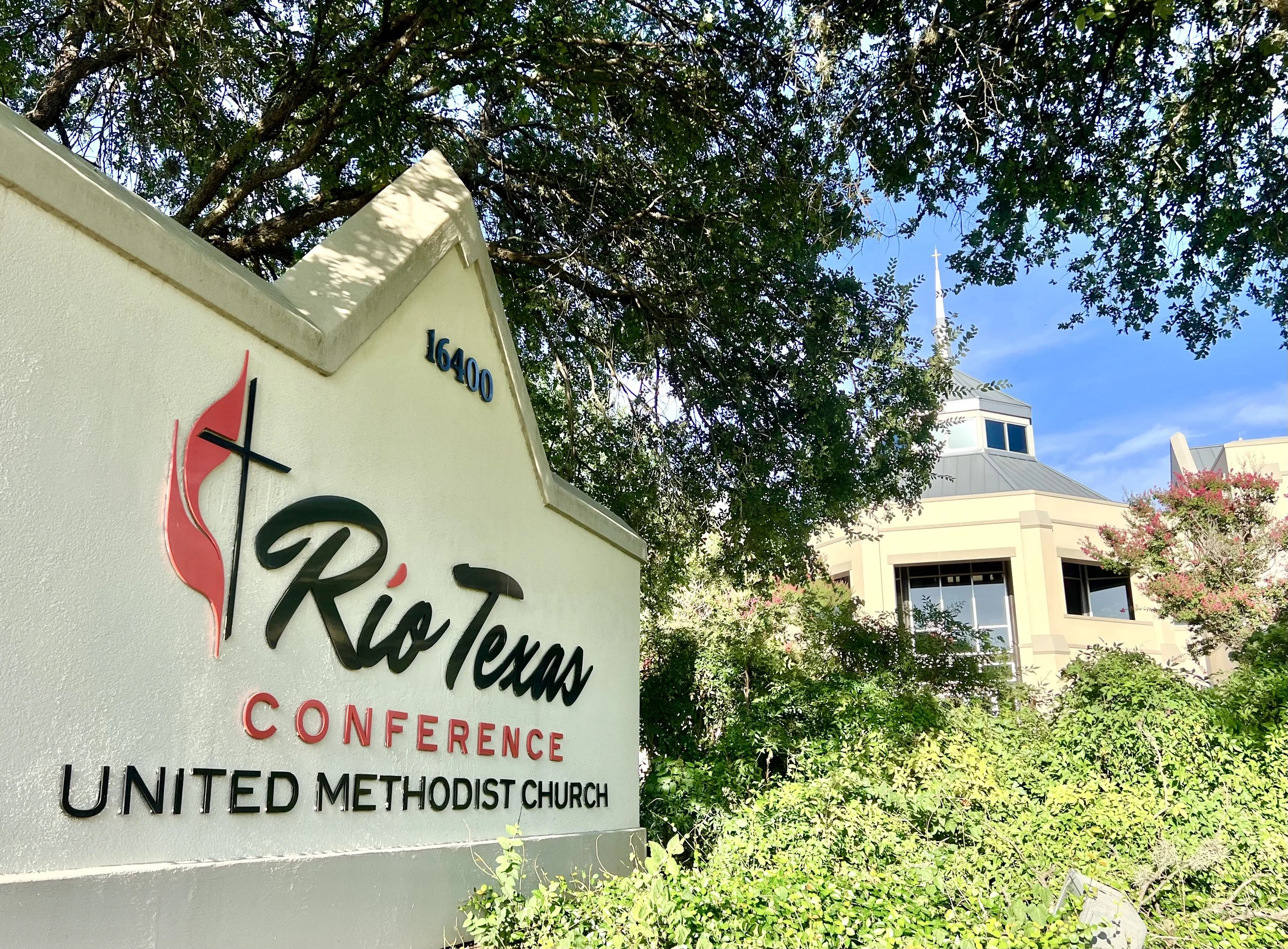I’m Not So Bad Off. Go Help Them First.
/By Laura Bray
Destroyed homes in Holiday Beach
Mangled sheet metal all over lawns. Enormous piles of cut tree trunks and limbs lined up along the roads. The growl of chainsaws and the high-pitched whine of Bobcat front-end loaders echoing through town. The two-stroke “chucka-chucka” and gas fumes from nearby generators. Mobile homes broken and laying on their sides or in ditches. Buildings missing walls or roofs—or both. My heart broke as my Early Response Team (ERT) drove into Fulton—two weeks after Hurricane Harvey.
As a child of the Gulf Coast, I understand the havoc a hurricane wreaks. As a first-time ERT responder, the sights and sounds just took my breath away.
Laura performing a home assessment (photo: Dave Mize)
ERTs swoop into disaster zones after the emergency first response phase ends. We tarp roofs, remove debris, cut out wet sheetrock and insulation, and apply chainsaws to countless fallen trees. Our purpose is to enable residents to begin the rebuilding process as soon as possible. Later, teams from United Methodist Volunteers in Mission (UMVIM) will arrive to help residents rebuild—a months-long effort.
First UMC, Corpus Christi and its congregation provided extravagant hospitality to response teams; including food, office space, showers, and a place to sleep. Kansas native Dave Mize met me behind the church, and we drove to Lamar and Holiday Beach (near Rockport/Fulton) to assess damage.
We identified the homes and residents most in need of volunteer assistance. We struggled to locate some homes, even with the help of Google Maps. You do not realize how much you depend on street signs and mailbox numbers until the wind has swept them away.
One survivor’s home came through relatively intact, but the storm scattered debris all over her lot (including a car in the bay behind her driveway). Four stairways leading up to the second-floor living area were either destroyed or rendered structurally unsound. She would not let us come upstairs because the only way up was a rickety interior spiral staircase. She met us downstairs, and we wrote a work order for debris removal.
The storm swept the car out of the carport and into the bay.
A neighboring home also needed debris removal, but the junk in the backyard pond must wait until the newly arrived alligator decides to move back into the bay.
A carport full of debris in Holiday Beach
The spirit of those recovering from the damage, despite the staggering disruption to lives and livelihoods, astonished and inspired me. Dave and I met more than one homeowner in front of their damaged property who said, “I’m not so bad off. Go help them first.” One homeowner with a damaged home helped clear away debris at her next-door neighbor’s house. Two men from a nearby town set up in a parking lot and offered free chainsaw sharpening services to anyone in need.
Most homes still lacked electricity or water service. Entire fleets of electrical service trucks swarmed the area to restore power. The Aransas County Airport, normally used to transport crews to and from offshore oil rigs, transformed into an equipment depot and housing for workers.
The storm stripped the ubiquitous live oaks completely bare of leaves—a rather odd-looking sight because live oaks never completely drop their leaves, even in the winter. I saw budding leaves already making a comeback a short two weeks after the storm.
Several churches and groups from around the state came with trailers and tents (some with grills) and provided free meals to both residents and relief workers alike. The small community center at Holiday Beach became a food pantry full of canned goods, toiletries, diapers, and other necessities. A gentleman at the pantry said, “I don’t have a can opener,” after he was handed several cans of food. A volunteer gave him one to take home.
Sitting on a spit of land on the east side of Copano Bay, Harvey slammed Holiday Beach hard. While one house came through relatively undamaged, the next one laid in a heap. Bulldozers worked to push down structures beyond saving.
ERTs will continue to deploy for at least the next couple of weeks. VIM’s will deploy afterward for several months of recovery work. The Rio Texas Conference offers ongoing training classes.
Early Reponse is, without doubt, hot, sweaty, physical labor. Maybe this isn’t up your alley or within your abilities. Instead, consider the following:
· Donate money to the relief effort through your local church or the Conference. (Give Online)
· Assemble flood buckets (here’s how), either individually or through an organized event at your church.
Regardless of your abilities, this disaster is so widespread that anyone can find a way to help—one way or another.
























